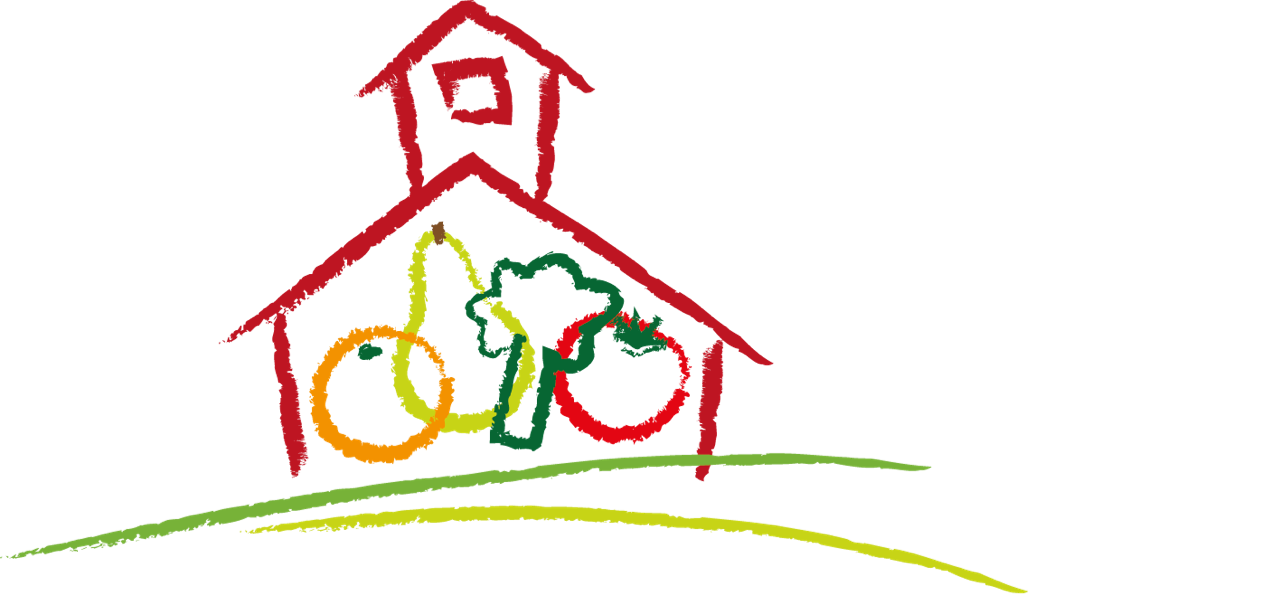Preparation Makes Perfect at Minneapolis Public School District

When Culinary and Nutrition Service Director Bertrand Weber joined Minneapolis Public Schools (MPS) two and a half years ago, implementing a salad bar program was a top priority. The food service model within the district was 100% pre-packed, centrally prepared, and delivered in trays—vegetables included. (Picture soggy green beans and limp carrots.) With 61 schools in the district unequally equipped for lunch service, heat and serve seemed like the only option. Enter salad bars.
According to Weber, any barrier for salad bars can be overcome with preparation; proper planning can help with food cost; sanitary procedures can be created with assistance from local health authorities; and staff can be trained. Weber highlights the following three steps as keys to successful salad bar planning:
- Number of kids served at MPS: 35,000
- Percentage who qualify for free and reduced-priced school meals: 65%
- Annual number of local partners: 6 farms
- Kids’ favorite local produce: kale
Engage the Community
Fundraising can appear to be a tough first hurdle when trying to get salad bars for your school district. MPS received support through local restaurants and businesses, the public health department, internal funding, as well as by working closely with United Fresh Foundation, a partner of Let’s Move Salad Bars to Schools. The True Food Chef Council was created out of these collaborations. Consisting primarily of local chefs and restaurateurs, the Council remains on a mission to shift MPS towards more wholesome, unprocessed schools meals by engaging students through food education, creating new recipes, and other strategies.
Engaging with the local public health authorities is also important before implementing the program. This ensures that sanitary procedures are in place before the first students make their way through the salad bar line.
Weber points out that community support continued even after the bars were funded. Volunteers from community organizations helped with the first week of salad bar roll out. Each school had about two to three volunteers helping kids through the line.
Work with What You’ve Got
There are 30 salad bars in place at MPS, and each school is treated on a case-by-case basis when fitted for their bar. Since 50 cafeterias in the district have limited kitchens, space, and access to on-site produce, preparation is an issue. Some schools can perform their own on-site cooking and salad bar prep, while others don’t have the facilities to wash salad bar items. The food services department has three different delivery models in place to accommodate each type of kitchen.
According to Weber, a helpful addition to the team has been a salad bar supervisor. This person is in charge of all things salad bar—from staff training to sanitary procedures – and ensures that each school’s individual needs are met. MPS continues to upgrade their cafeteria kitchens in order to move more schools towards full on-site cooking. This is another initiative of the True Food Chef Council.
Educate the Kids
MPS implemented an education plan for all of their schools with salad bars. At the outset, Weber’s team created a “How to Use the Market Cart Salad Bar” video and shared it in each classroom. Parents also received a link to watch the video leading up to the salad bar debuts.
As part of ongoing education efforts, tastings and naming contests are held in all 27 elementary schools before adding something new on the salad bar. These are mostly grain and composed salads. Weber says that acceptance almost doubles when something new is introduced this way. The most recent big hit was an apple kale salad that was named “Green Lava Kale Salad” by the students.
“Even if only two new kids take a fresh fruit or vegetable off the salad bar you’re always moving in the right direction,” Weber says. “We need to get back to our basics. It’s a moral obligation.”
